The Tay people in Phuong Do, Phuong Thien ( Ha Giang city), Phuong Tien (Vi Xuyen) communes have long preserved and passed down the traditional craft of weaving. However, another traditional craft that few people know about and that the people here still preserve is the craft of weaving fishing nets. With the local custom of having at least one fish pond next to the house, the fishing net is almost an indispensable item in the Tay people's house here.
Introduced by comrade Nguyen Van Quan, Vice Chairman of Phuong Do Commune People's Committee, we went to the house of Mr. Nguyen Tien Te (80 years old) in Tan Tien village, Phuong Do commune when he was working quickly on a fishing net that was gradually being completed to deliver to customers in the same village. Seeing that we seemed surprised that he still kept this fishing net weaving profession, Mr. Te quickly said: “This profession has existed for a long time, following the tradition of “father to son”. In the past, in this Phuong Do area, there were many people who made fishing nets, but now only a few families still do it. Others only buy them for their own use and no longer weave them themselves. Since I was a child, I often watched my father and grandfather weave fishing nets and followed them to the river and stream to fish. When I grew up, my father taught me the craft. Since then, I have been weaving fishing nets for 50 years, I weave both for my own use and to sell to those who buy. If I had just learned the craft before, it would have taken 2 to 3 months to make a fishing net, but now it only takes about 1 month to complete it.”
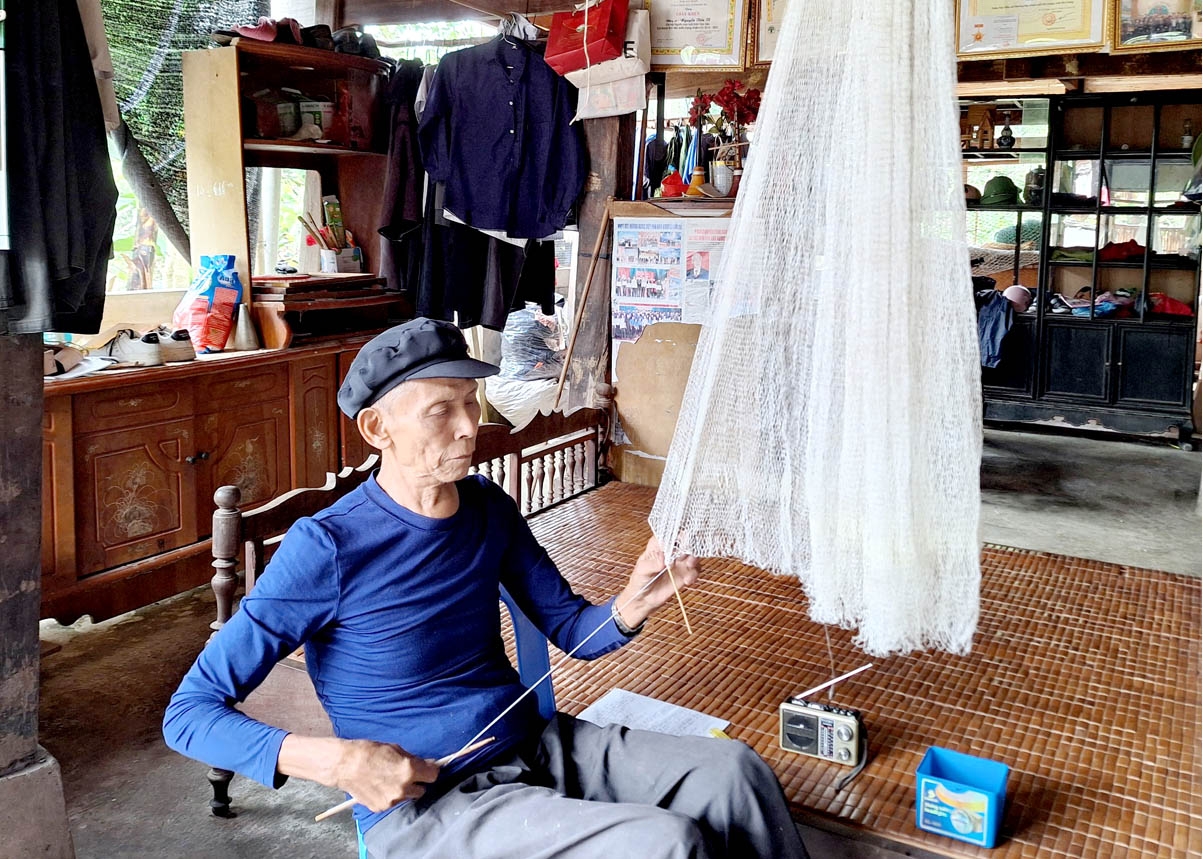 |
| Although he is 80 years old, Mr. Nguyen Tien Te is still passionate about weaving fishing nets. |
Fishing line and parachute cord are the main materials, the knitting needle (hook) is made of bamboo or reed, sharpened at both ends with barbs, with a hole in the middle to pierce the fishing line through. The hook is made of bamboo to hang the net high and weave from the top to the bottom. When weaving, the weaver must hang the hook upside down to hook the top of the net, the top of the net is woven into a large, sturdy fishbone-shaped braid to hold the body of the net and the bottom of the net. Also from that top of the net, the weaver tightly winds a long braided fishing line or a rope so that when throwing the net, they can hold the top line and slowly pull the net up to catch fish. Depending on the size of the net, the top line of the net will be of different lengths.
After weaving the top rope of the net, people weave from top to bottom. When weaving near the mouth, there is a circle made of rattan or bamboo, whittled to balance the net body and make weaving easier. When weaving, people use a hook to tie the loops together, combining skillful movements of the fingers to get an even net surface, weaving the net eyes in each loop from left to right, gradually going down.
The main feature of the net is that the net mesh is always loosely woven at the top, and the mesh gets thicker as it goes down. When the mesh is finished, an iron chain or clamp (consisting of small circles, about 1.5 - 2 cm in diameter, hooked together) must be attached to the mouth of the net, heavy enough to prevent fish and other aquatic species from escaping when caught.
In the past, most men of Mr. Te's generation knew how to weave fishing nets, but mainly for family needs and not as a commercial product. In addition to his family, there are a number of families that regularly weave fishing nets because sometimes other households in and outside the village order them. In terms of price, small fishing nets for teenagers cost from 1 to 1.5 million VND/piece, fishing nets for adults cost from 1.5 to 2.5 million VND/piece. The size of a fishing net depends on the number of eyes and the size of the fishing line.
Although the products produced do not generate much additional income for the people, they still solve the urgent needs of the family. Therefore, this profession is still popular among the Tay families in the three communes mentioned above, contributing to creating a unique feature in cultural life.
Article and photos: Nguyen Yen







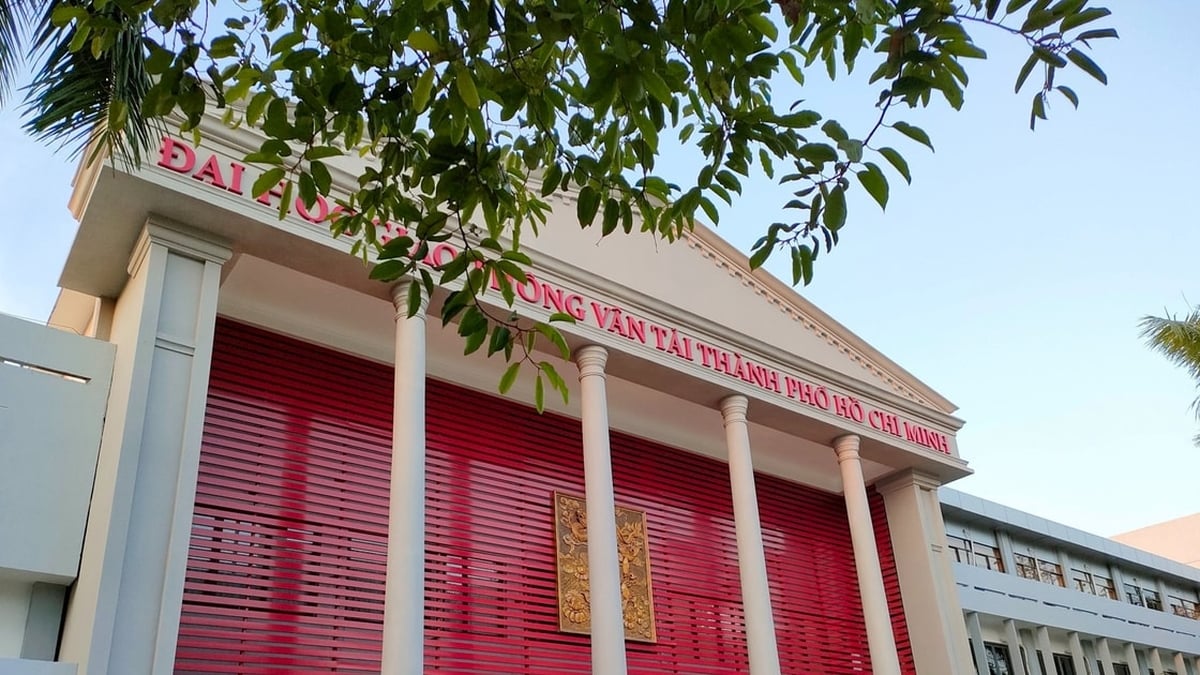

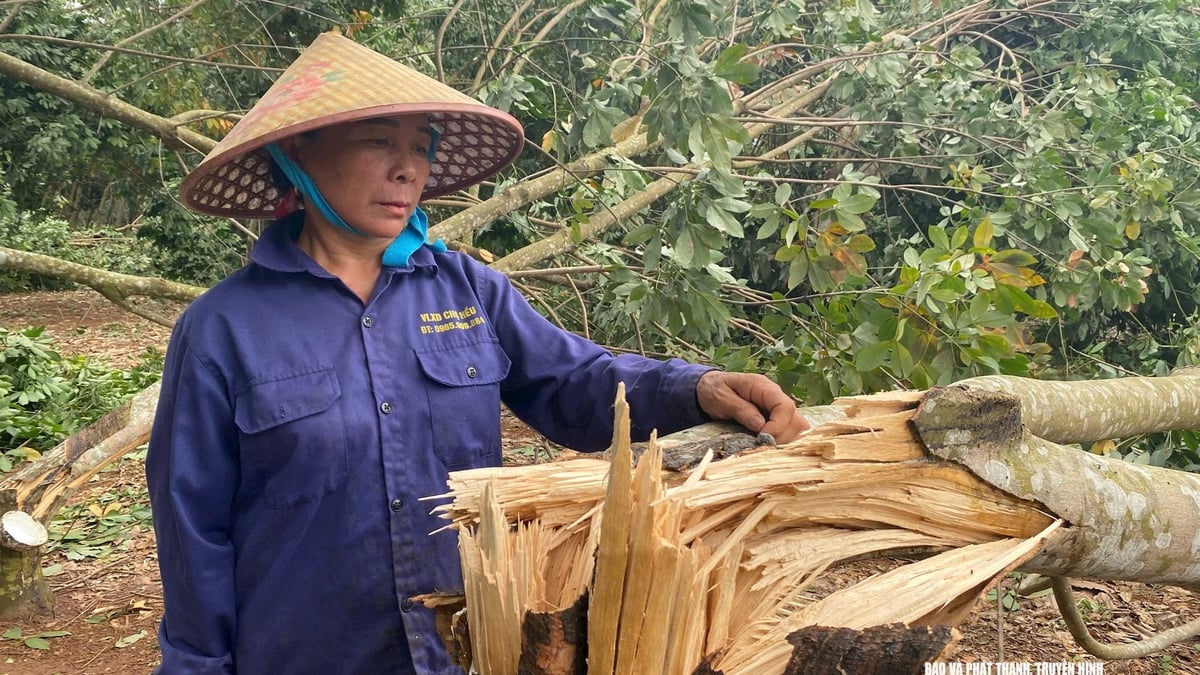
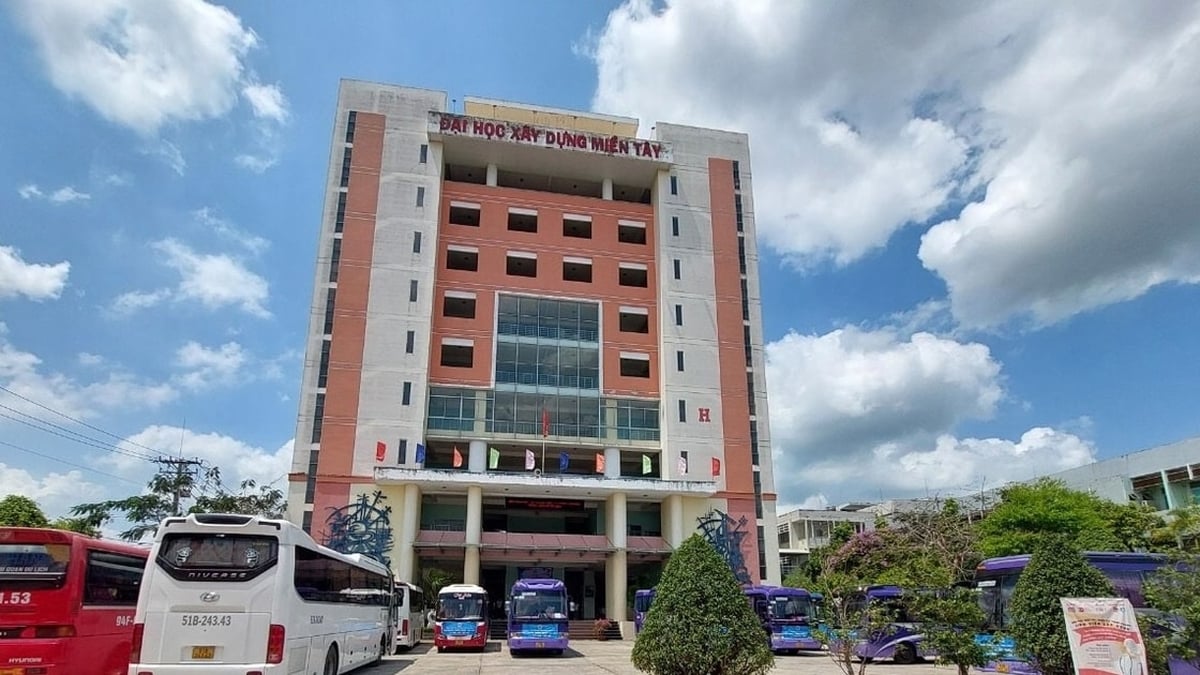
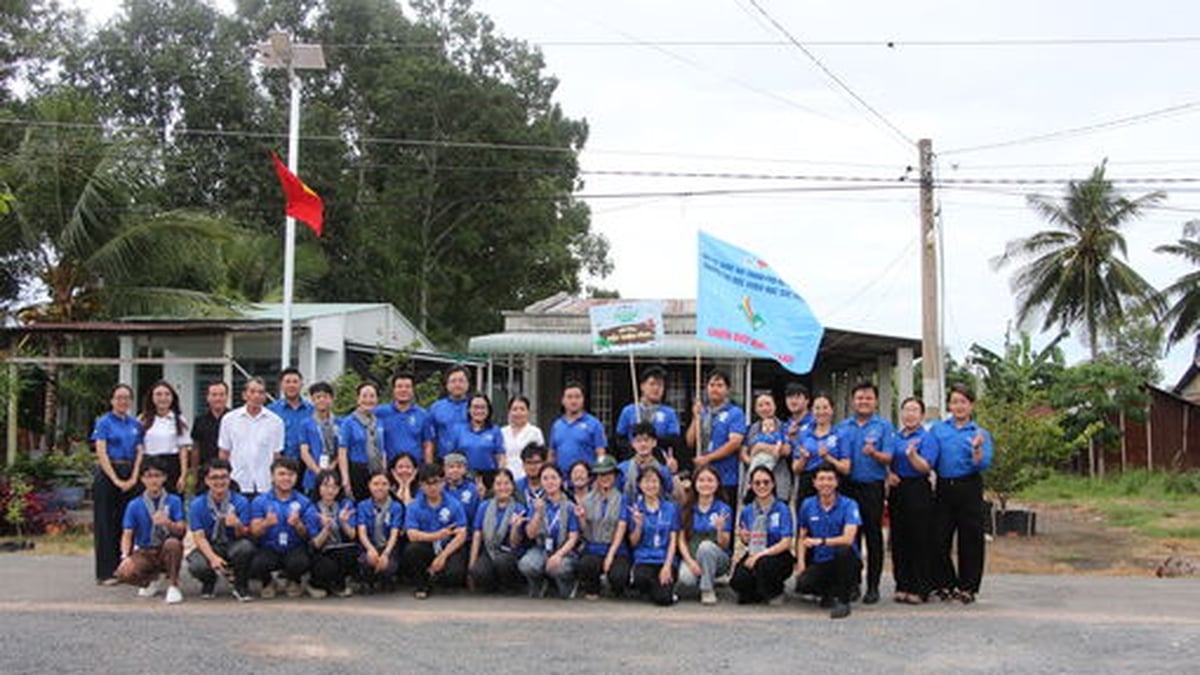














![[Photo] National Assembly Chairman Tran Thanh Man visits Vietnamese Heroic Mother Ta Thi Tran](https://vphoto.vietnam.vn/thumb/1200x675/vietnam/resource/IMAGE/2025/7/20/765c0bd057dd44ad83ab89fe0255b783)







































































Comment (0)